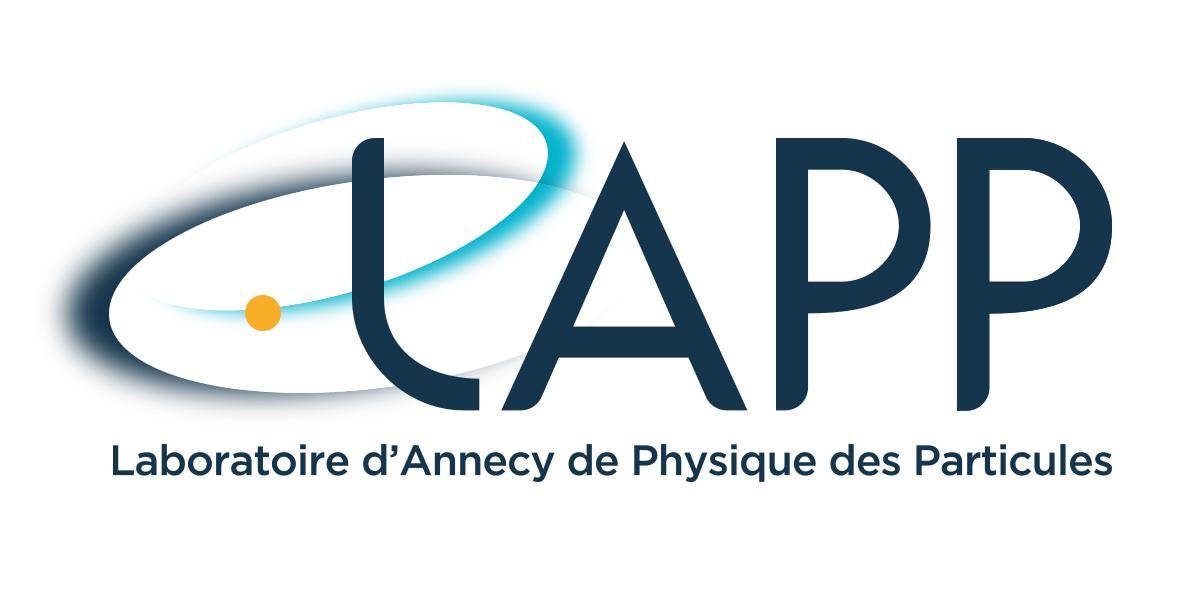Quentin Piel – Phd’s defense – July 5, 2019
Commissioning of the first CTA large size telescope and study of transient gamma-ray sources
Since 1967 and their discovery by the VELA satellites, Gamma- Ray Bursts (GRB) have been intensively studied. Until recently, the detection maximal energy of these sources was set at 100 GeV. Arrays of Cherenkov telescope never detected this type of source up to 2018. One of these networks, H.E.S.S. has observed several dozen of GRBs during the last decade. Ongoing improvements to the telescope network with the construction of the large one, and to reconstruction and analysis software have greatly improved the quality of observations and the choice of alerts to follow. The H.E.S.S. observations allowed to put numerous constraints on gamma ray emission models. For instance the long-term monitoring of the event GW170817 allowed to constraint the magnetic field in the ejecta. After many follow-ups, the first detection of a gamma burst beyond 100 GeV was made with H.E.S.S., 10h after the Swift–BAT detection. This exceptional object is the first of its kind to be detected at very high energy and poses new constraints for the modeling of gamma-ray bursts.The future Cherenkov telescope array called CTA will enter a data acquisition phase. Improvements in both components and methods of analysis will improve the sensitivity of the network by a factor of ten over the current generation.
The large telescopes of this array, the LSTs, will be the masterpiece of the monitoring of GRBs. Its high sensitivity in the low-energy regime (environ 100 GeV) and high repositioning speed will make this new telescope the best chance to detect a large sample of gamma-ray surge. Early estimates from the application of a leptonic model have shown that CTA and LSTs should allow multiple detections of gamma-ray bursts during the first years of operation.Since the end of 2018, the first prototype of the LST construction is completed. The first validations of the technical choices for the control system were performed thanks to a MATLAB / Simulink model of the telescope structure. These simulations validated the components used and the objectives set by the CTA collaboration.During the first months of operation of the telescope, the real-time analysis and the bending model will be implemented. The aim of the bending model is to take into account the deformation of the structure in the telescope’s pointing. This crucial correction to achieve the set precision objectives (<30arcsec) by CTA collaboration is now functional and should be used for all other large telescopes.Real-time analysis is one of the last assets of the LST. It should for the first time be able to receive and send alerts to and from partner instruments. For this purpose, a real-time analysis has been developed and is in operation since the first data-taking tests.

